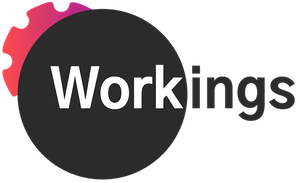When a really effective technical writer creates a piece of documentation, they don’t do it in a vacuum. They work with the product they’re documenting to get first-hand experience with it, they interview SMEs to glean technical detail and business logic, and before writing a word, they figure out who this documentation is for and what it’ll take for it to be useful to that audience. It’s possible to be a good technical writer without deeply understanding people, but (and tell me if you disagree) not a great one. User research, UX and product design, learning and development, and marketing—all disciplines Steyer practices with our clients—are also rooted in the art/science of understanding people.
So is this process re-engineering work. It’s one thing to have a Lean Six Sigma certification. It’s another thing entirely to be able to walk into a room full of tired, anxious, busy people—some of whom may naturally feel concerned about how change will affect them and their livelihoods—and not only get all the information you need to design a new process or structure that’ll actually save time and money, but also to get buy-in from those tired, anxious, busy people on using that new process. What I’ve seen from Everett Ross, the principal on our organizational design and process accounts, is a stunning ability to do just that. I got to sit in on several interviews with Everett as he hired for Steyer project teams recently, and his ability to read people and build trust with them was on full display even in that setting. It’s a beautiful representation of what it takes to sustainably solve actual problems in actual business, which is what we’ve been doing at Steyer for thirty years now.
Happy October (though I try to keep the spirit of October alive in my heart year round)—and thank you for being a Workings reader! I’d always love to hear from you, and I’m at kreilly@steyer.net.
Thanks,
Katelyn
Photo by Lidia Nemiroff on Unsplash



